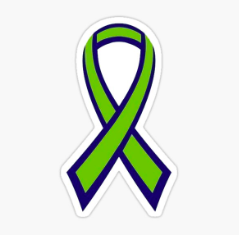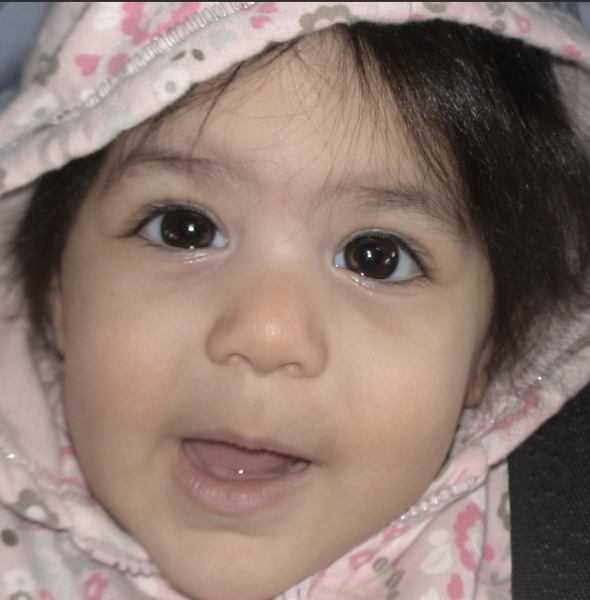
When the week of respect comes along every year, it’s impossible not to know at NVD… but what about BFRB awareness week, which always falls on the same week? BFRBs, or body-focused repetitive behaviors, are types of OCD, stress, or boredom-rooted compulsions. Those compulsions cause the sufferers to, in many cases, to subconsciously damage multiple parts of their body. On top of the glaring lack of representation for this group of disorders, Respect Week overshadows BFRB Awareness Week, one of the only times the BFRB community is spoken about.
Although BFRBs aren’t particularly well-known disorders, the community of people who have experienced or have experience with BFRBs is vast and extends everywhere, including here at NVD. Sophomore Alex Aquino currently battles—and has battled—multiple BFRBs, including dermatillomania (skin picking) and trichotillomania (hair pulling). Aquino’s struggles with these compulsions are not uncommon, yet they are rarely spoken of, whether it be in school mental health announcements or on social media.
“I pick at the skin around my nails a lot, [and] I pick at my face, my skin, and I struggle with picking my eyelashes and my eyebrows,” Aquino said. “I don’t see [any representation]. I see two or three videos on TikTok of ‘fun facts: people can have this disorder, trichotillomania, it’s really rare’… it’s not really fun, but whatever.”
Because victims of BFRBs themselves are hardly represented, neither are the effects of the disorders they have experienced. However, Aviv Mosayov, a sophomore, has observed the harsh toll of BFRBs reflected on others:
“…I’ve noticed that a lot of people who do struggle with BFRBs… have very, very low self-esteem, because they don’t think very highly of themselves after they know that they’re… picking at their skin, picking at their hair, picking at all these different things. They think that they are less of a person because of it” Mosayov said.
This issue is not exclusive to the newer generation, though, and Mosayov explains this by telling both her mother and her grandmother’s stories of their fight with trichotillomania.
“My grandmother would sit in front of her mirror and she would pull out her hair, saying, ‘I’m only picking out the gray hairs’,” Mosayov said, “but of course, all her hairs were gray, so she was just picking, and she had pulled off half of her hair… My mom didn’t tell me much about her experience with trichotillomania, but I know that she was able to get herself out of it, which is not something that a lot of people can do. It’s really difficult. All I know now is that she’s able to stop doing it, but she knows that if she’s under a lot of stress, she’ll start again.”
NVD staff have also observed their students’ struggles with BFRBs, whether it be general or in class. Mr. Marconi, who teaches theater at NVD, first learned about BFRBs from two of his students who both suffered from BFRBs and since then has seen the disorder’s effects on them.
“The thing that I saw affected the most was self-confidence—the ability to be confident in who they were as people—and trying to hide behind different devices that allow them to feel more comfortable in their own skin,” Marconi said. “I had a student who wanted to modify their costume to better hide the effects, which I had no problem with, but clearly that was not by design necessarily of character, but more by design of preference of the actor.”
Some with BFRBs are ashamed of the disorder, and therefore, do their best to cover up any evidence of it. However, the struggle needs to be confronted, or at least addressed. Mr. Marconi expressed his belief of this:
“… Most teachers usually have that information within their records given to them by the health office if it’s documented, so there’s usually accommodations [for students with BFRBs]. But if there are not accommodations, [the student should] advocate for themselves and ask for accommodations. It could be something as simple as providing a fidget toy, something that allows them to distract themselves physically, and therefore they won’t lead to the behavior that is undesired.”
In the case that a person battling a BFRB can minimize or control the behavior, or even stop the motion altogether, the worry and risk of starting again is always close behind. A junior shared their personal experience with relapsing.
“[I started] in sixth grade. It was when I first noticed trich in my eyebrows and eyelashes,” they said. “I did habit training therapy, and it helped a little, but it’s still happening.”
Habit reversal therapy (a special mental training for those who have BFRBs) is not always fully effective, and if it is, there is no guarantee that the training will last very long. It may stop or lessen the repetitive motion the person is doing, but this can be reversed very easily.
Ultimately, the sad fact is, that people with BFRBs will continue to have little to no representation until more information about the disorders is spread across communities and schools. If more people learn about body-focused repetitive behaviors, maybe BFRB awareness week will be a successful way to promote future awareness for those battling BFRBs.






